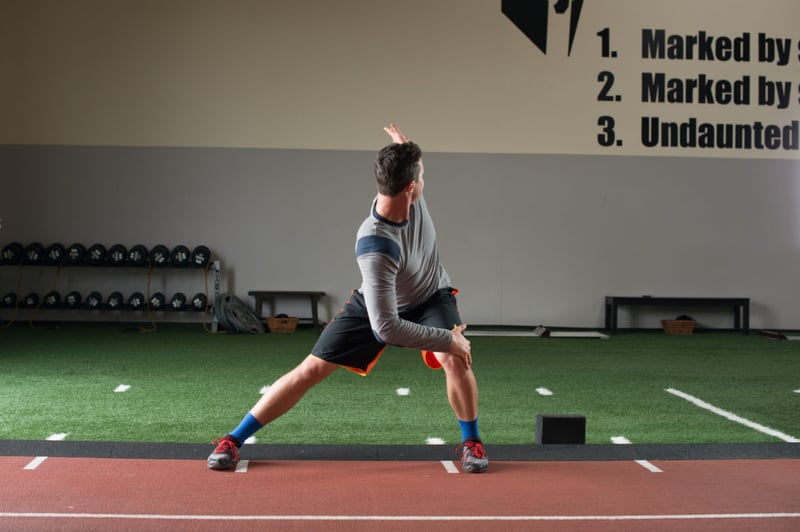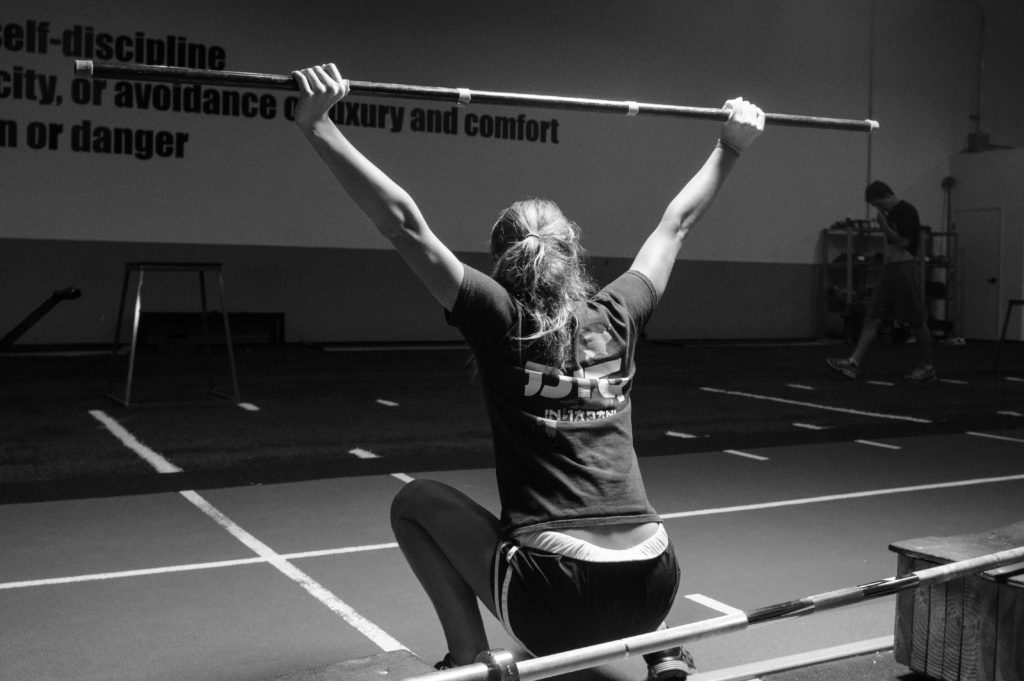
When designing a training program for an athlete or team, there are many different things to consider: training history, injury history, sport and position, athlete needs, and availability of training are just a few of the variables that must be taken into consideration. From here, exercises are selected and matched with intensities, volumes, and rest periods to create a workout. Logistics and practicality are requirements when it comes to designing a program for your athletes, as a “great” program on paper doesn’t accomplish much when it isn’t followed. In the strength and conditioning community, most of these previous statements would be considered conventional wisdom or common sense. There is however, one “variable” that we often hear coaches talk about we believe is completely misused and misunderstood: variety.

Athletes today no longer accept “because I said so” as an answer to the question “why am I doing this?" Selling your intent and explaining the “whys” to your athlete are a crucial part of creating buy in. If you cannot explain and defend every piece of your program, this is the first place to start. Anything that is done without an intent should be cut immediately.
If everything you do has an intent or a reason, changing programming just to “mix things up” shouldn’t ever happen. Unfortunately, many strength coaches switch up programming in fear their athletes will get “bored” when in reality, it is usually the coach who gets bored coaching the same movements. Athletes’ programs should only change as their needs change.
The body responds and adapts to stress in multiple ways, but it is generally understood that these adaptations are specific to the imposed demands of the stressors. By constantly changing these stressors for the sake of variety, the body is not able to make specific adaptations. Randomized programming can be fun and entertaining for the weekend warrior, but this approach has no place when designing training programs for athletes looking to improve specific movement qualities.
True mastery of movement is much rarer than most might think. We have all seen “elite athletes” struggle with very fundamental tasks or movement skills (skips, bounds, and push ups to name a few). By spending LESS time on different and MORE time on an athlete’s specific needs, their ability to adapt and master different movement qualities becomes a much more fruitful quest.

As athletes adapt and progress their needs will change over time. It is our job as coaches to continue to increase the stress or stimulus over time to continue to stress the system to make adaptations. From a programming perspective, sets, reps, and intensities should be “varied” to change the overall stimulus (for example tonnage). This is not however, variation for the sake of variation, this is simply progression. Athletes adaptations and improvements will (hopefully) also cause their needs to change over time. Thus training programs will eventually vary, based simply on the principle of progression.
When designing a program the only thing that matters is the athlete. By simplifying programming we are able to focus only on what that athlete needs. Does the head coach ever change up the offensive philosophy to mix it up? How about a surgeon try a new technique just to see what happens? We need to understand when dealing with athletes we are often dealing with their livelihood. Variety for the sake of variety is selfish.